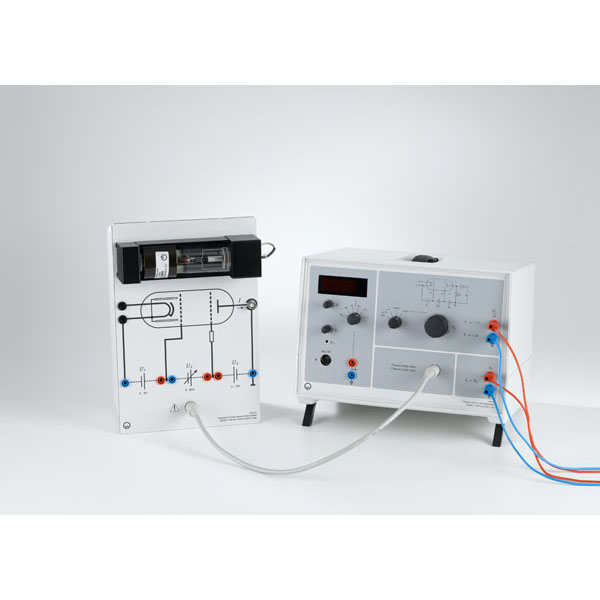Description
In 1914, J. Franck and G. Hertz reported observing discontinuous energy emission when electrons passed through mercury vapor, and the resulting emission of the ultraviolet spectral line ( λ = 254 nm) of mercury. A few months later, Niels Bohr recognized that their experiment supported his model of the atom. The de-excitation of neon atoms can occur indirectly via intermediate states, with the emission of photons. In this process, the photons have a wavelength in the visible range between red and green. The emitted light can thus be observed with the naked eye. Between the grids G1 and G2 reddish luminous layers, clearly separated from one another, can be observed, and their number increases with increasing voltage. These are zones of high excitation density, in which the excited atoms emit spectral light.


